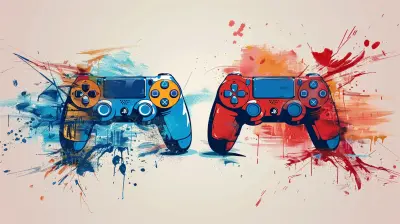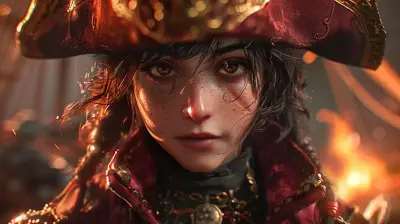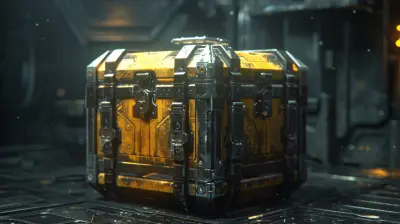The Importance of Updates and Patches in Multiplayer Longevity
27 July 2025
Let’s face it—no multiplayer game gets everything right on day one. Sometimes it’s a minor bug that causes a character to float through walls, and other times it’s an overpowered weapon that completely breaks the balance. Either way, players notice. And in today’s fast-paced gaming world, if a game doesn't evolve, it dies. That’s why updates and patches are the lifeblood of any multiplayer title.
But what exactly makes them so crucial? Why do some games like Fortnite or Rainbow Six Siege seem to last forever while others fade away like a forgotten meme?
Let’s dive into this digital ecosystem and unpack why ongoing updates and patches aren’t just important—they’re absolutely essential for multiplayer longevity.
First Things First: What Are Updates and Patches?
Before we get into the nitty-gritty, let's clear up the basics. A patch is essentially a software fix. It squashes bugs, adjusts mechanics, and can even plug security holes. An update, on the other hand, is broader. It can include new content like maps, characters, weapons, events, and yes—patches too.Think of it like your favorite sandwich. The patch is the condiments that fix the flavor, but the update is the new meat, cheese, or toppings that keep you coming back for more.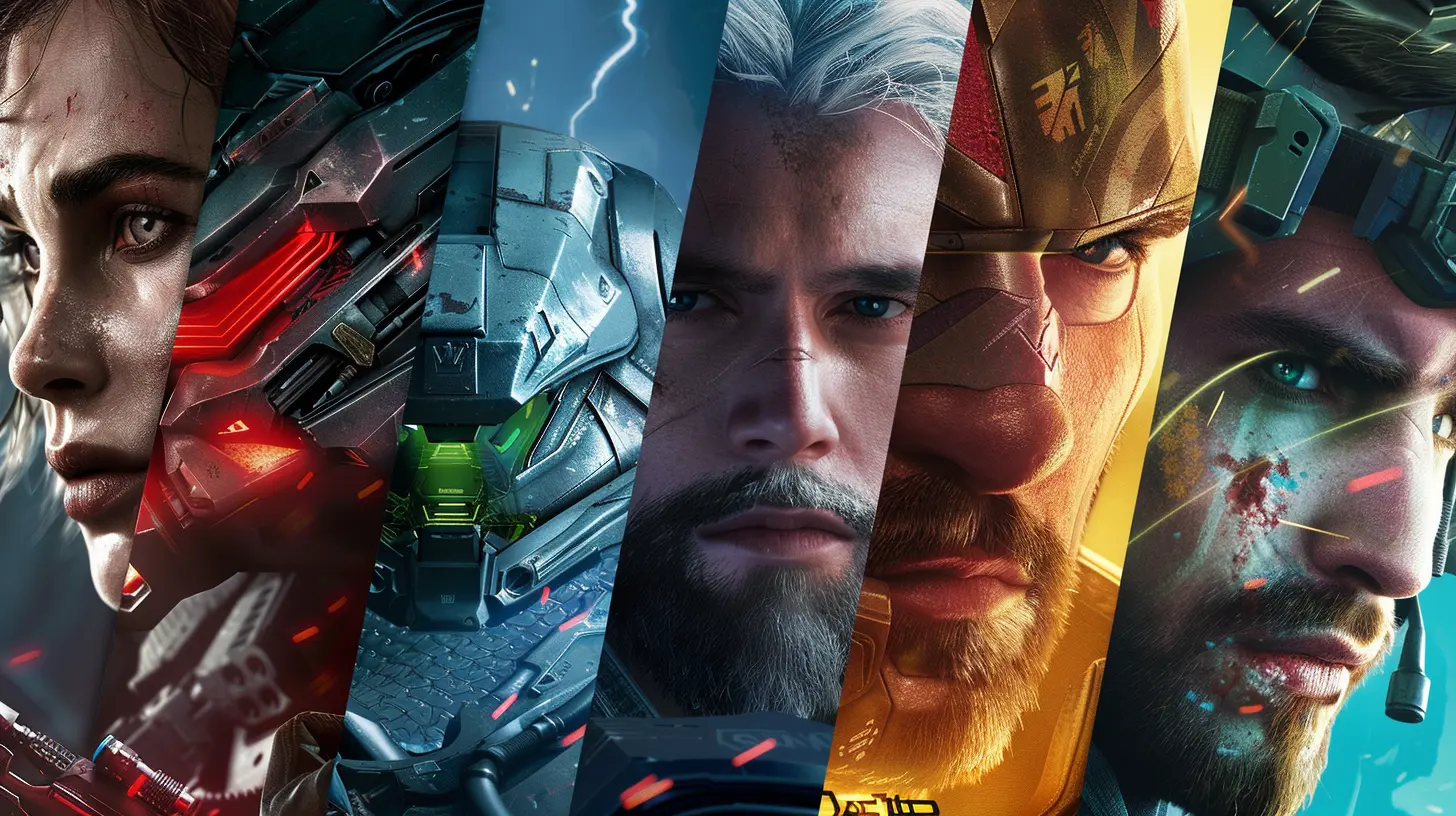
Longevity in Multiplayer Games: What Does That Even Mean?
When we talk about a game's longevity, we’re really talking about how long it can hold a community's interest. Some games burn bright and fade fast, while others stick around for years—even decades.Take Counter-Strike, for instance. It’s been kicking around in one form or another since the late '90s, and people are still logging in daily. Why? Constant updates, community feedback, and a dedicated dev team that refuses to let the game go stale.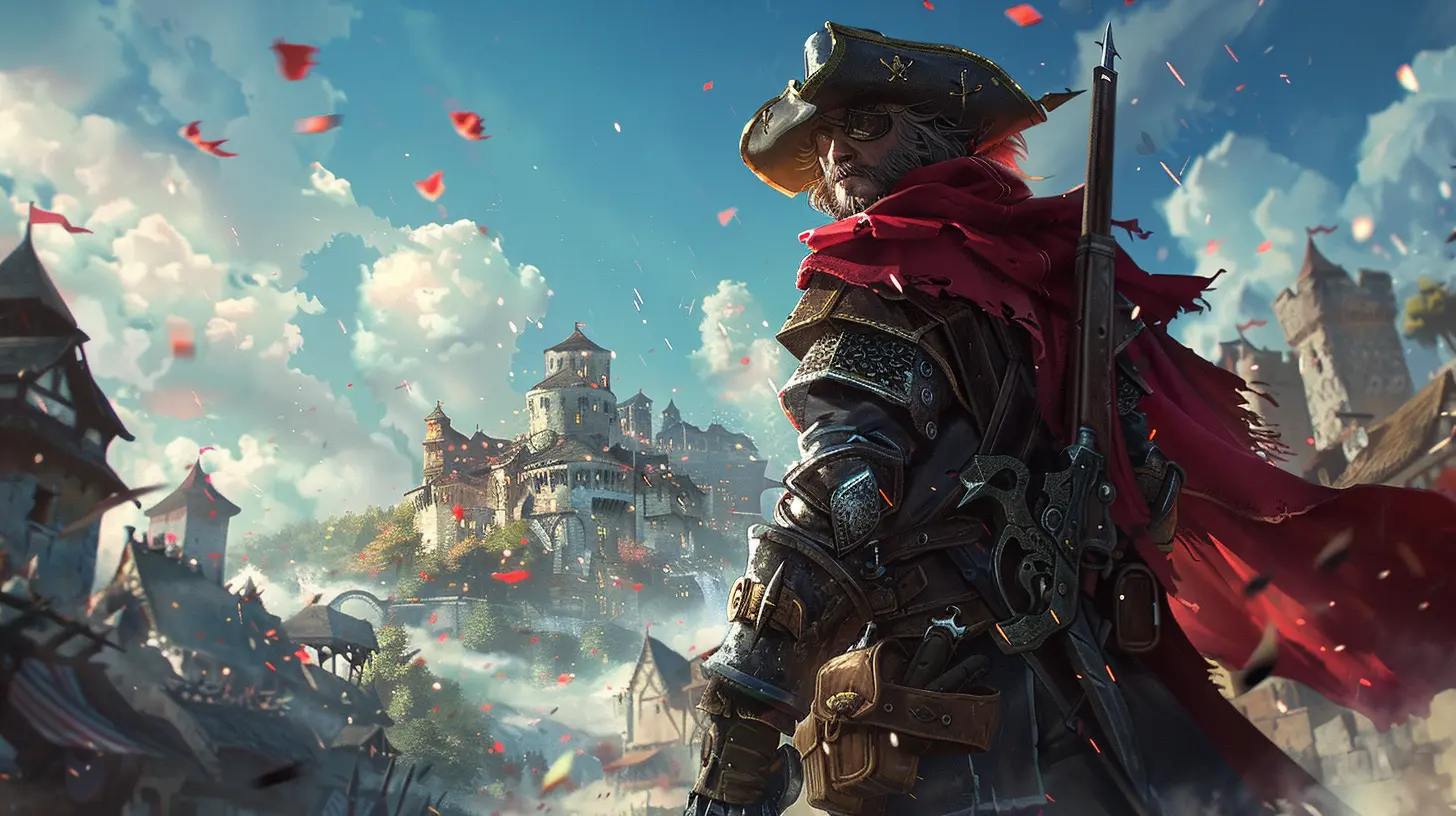
The Pulse of a Game: Why Updates Keep Players Engaged
Imagine playing the same map, with the same weapons, facing the same enemies, over and over and over again. Yeah, no thanks.1. Fresh Content = Fresh Hype
New content brings players back. It’s that simple.Whether it's a new season in Apex Legends, a fresh expansion in Destiny 2, or a limited-time mode in Call of Duty, these updates inject life into the game. It gives players something to talk about, something new to master, and a reason to re-install the game if they’d walked away.
2. Balancing the Scales (Literally)
Ever faced an opponent using a weapon that’s so overpowered you wanted to throw your controller out the window? Yep, we all have.Balancing updates help fine-tune the gameplay experience. Developers track data (kills per weapon, win rates, etc.) and make adjustments. It’s like referees stepping in to make sure the game stays fair for everyone.
3. Bugs Be Gone
Bugs can be funny for a minute—until they ruin a match. Updates and patches fix those problems. Whether it's lag, rubber-banding, or game-breaking glitches, a well-timed patch keeps frustration levels low and satisfaction high.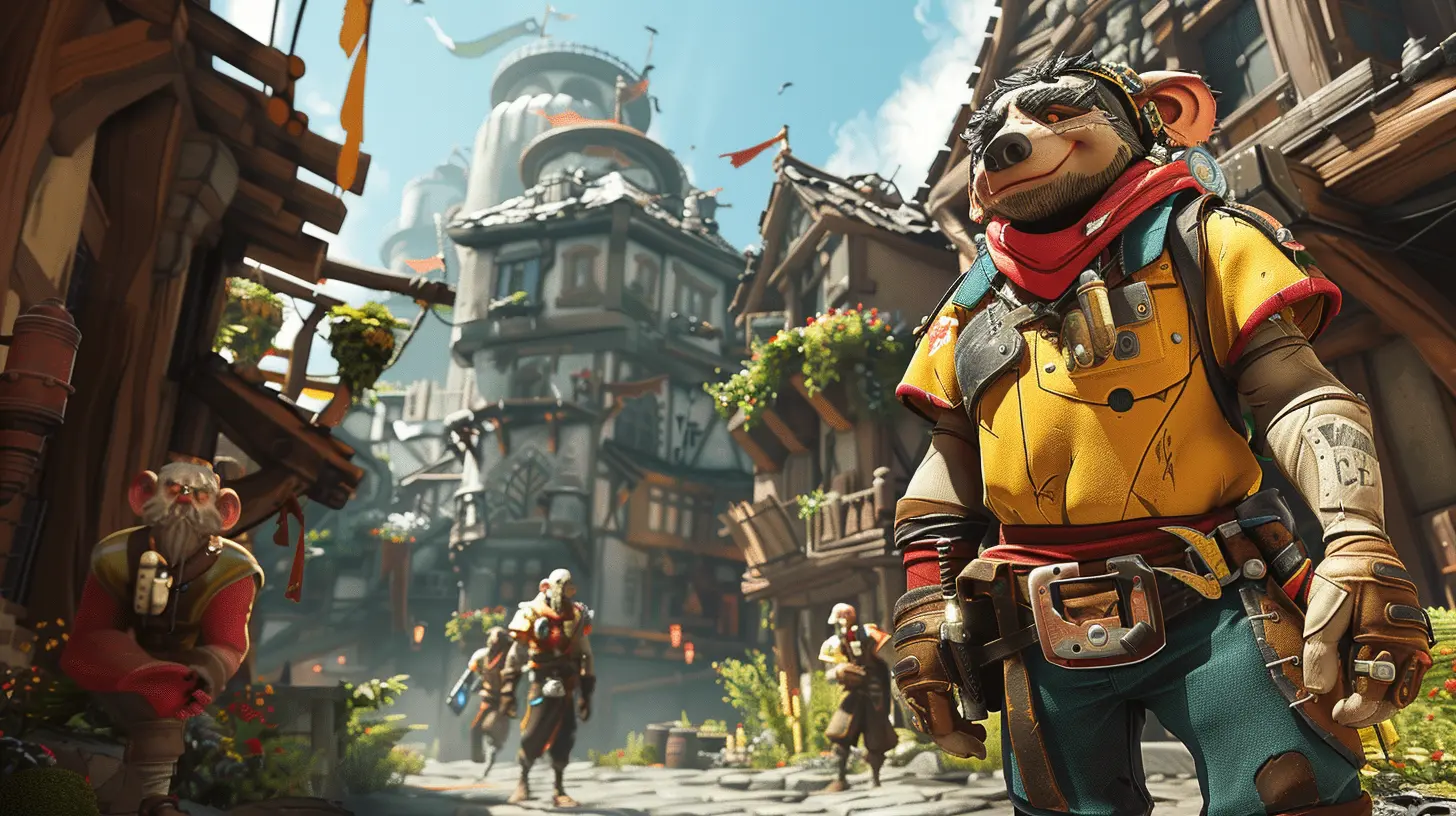
Community Feedback: The Secret Weapon of Good Updates
One of the most powerful aspects of the update-patch cycle is how it connects developers and players. We’re no longer in the era where games were set in stone once they shipped.Now, you can head to Reddit, Discord, or Twitter, shout about what’s broken, and guess what? Developers might actually listen.
When studios take community feedback seriously and apply it in patches or updates, players feel heard. It becomes a back-and-forth relationship rather than a one-way street.
Real Talk: Transparency Builds Trust
Games like Warframe and No Man’s Sky have absolutely turned their reputations around thanks to transparent development efforts. Frequent dev diaries, patch notes, and community Q&As show players the team’s listening and evolving.The Business Side: Why Devs Need You to Keep Playing
Let’s be real—keeping a multiplayer game alive isn’t just about fun. It’s also about business.1. Player Retention = Profit
Multiplayer games nowadays often depend on long-term engagement. Why? Because many use live service models—meaning they make money from cosmetic skins, battle passes, and other microtransactions, not from a one-time purchase.Without updates, people leave. And if people leave, nobody’s buying skins or emotes. Simple math.
2. Community = Marketing
Happy players are your best marketing tool. Players who stick around post content, stream, make guides, and spread good vibes. All of that brings in new players. But without content updates and gameplay patches, that hype train runs out of steam.Games That Got It Right (and Wrong)
Let's look at some real-world examples to hammer this home.Games That Nailed It
- Fortnite: Love it or hate it, Epic Games has mastered the art of maintaining hype. Weekly updates, crossovers with pop culture, and constant innovation have kept it fresh.- Rainbow Six Siege: It started with a rocky launch, but consistent updates, new operators, map reworks, and community-driven changes turned it into a competitive mainstay.
- GTA Online: Nearly a decade later, Rockstar is still adding new events, missions, and items—and the player base is still huge.
Games That Missed the Mark
- Anthem: Tons of potential, amazing visuals, solid core gameplay. But delayed updates, lack of meaningful content, and ignored feedback killed its momentum.- Evolve: Innovative concept, but a clunky update roadmap and weak post-launch content led to an early grave.
Updates Aren’t Always Instant Wins (But They’re Still Worth It)
Let’s be real—no update is perfect. Sometimes they introduce new bugs, or changes upset the meta. But guess what? That’s part of the process. Iteration is key.What matters is the commitment to keep improving. Players are generally forgiving if they see that the dev team is actively trying. It’s the silence, the radio blackout post-launch, that really kills trust.
Why You Should Care as a Player
You might be thinking, “Okay, cool… but what does this mean for me?”Well, if you love a game, you should care deeply about its update cycle. Updates mean:
- You always have something new to look forward to.
- The game world evolves and grows with you.
- Bugs and broken mechanics get fixed (hopefully before you rage-quit).
And honestly? Being part of a game’s long-term journey can be super rewarding, especially when you look back at where it started and see how far it’s come—sometimes thanks to feedback you and others gave.
Looking Ahead: The Future of Multiplayer Longevity
With tech moving fast, the way games roll out updates is changing too.Cloud gaming, cross-platform updates, AI-assisted QA testing—all of these are streamlining the patch process. We’re also seeing more games adopt seasonal content models and player voting systems for future updates.
The bottom line? The relationship between developers and players is only getting closer. And that’s a win for everyone.
TL;DR – Why Updates and Patches Are the Real MVPs
- They keep games fresh and exciting.- They fix bugs and balance gameplay.
- They allow devs to listen and respond to feedback.
- They help retain players and build community.
- They keep the game financially viable long-term.
Multiplayer games are living worlds. Without regular care and attention through updates and patches, they go stale. But with it? They thrive. They become more than just games—they become social hubs, communities, even lifestyles.
So next time you see a patch rolling out and your game’s servers go down for a bit, don’t groan. Get hyped. That patch means your favorite game isn’t just alive—it’s evolving.
all images in this post were generated using AI tools
Category:
Multiplayer GamesAuthor:

Lucy Ross
Discussion
rate this article
1 comments
Bianca McGehee
Great points! Regular updates and patches really are crucial for maintaining player engagement and improving game balance. It's fascinating how they can significantly extend a game's lifespan. Thank you for sharing!
August 4, 2025 at 3:39 PM

Lucy Ross
Thank you for your insightful comment! I completely agree—regular updates are vital for keeping players engaged and ensuring a balanced experience.
